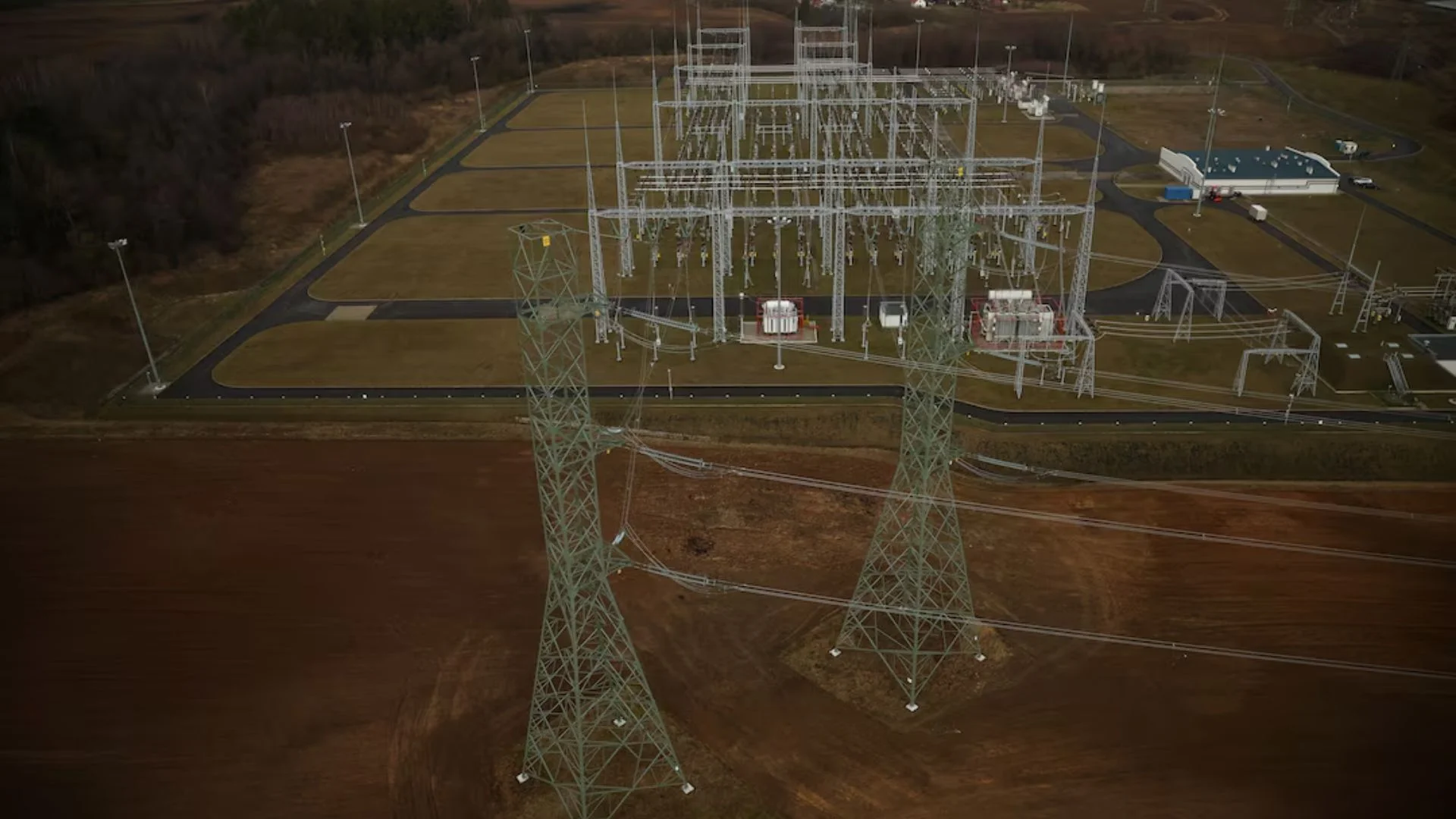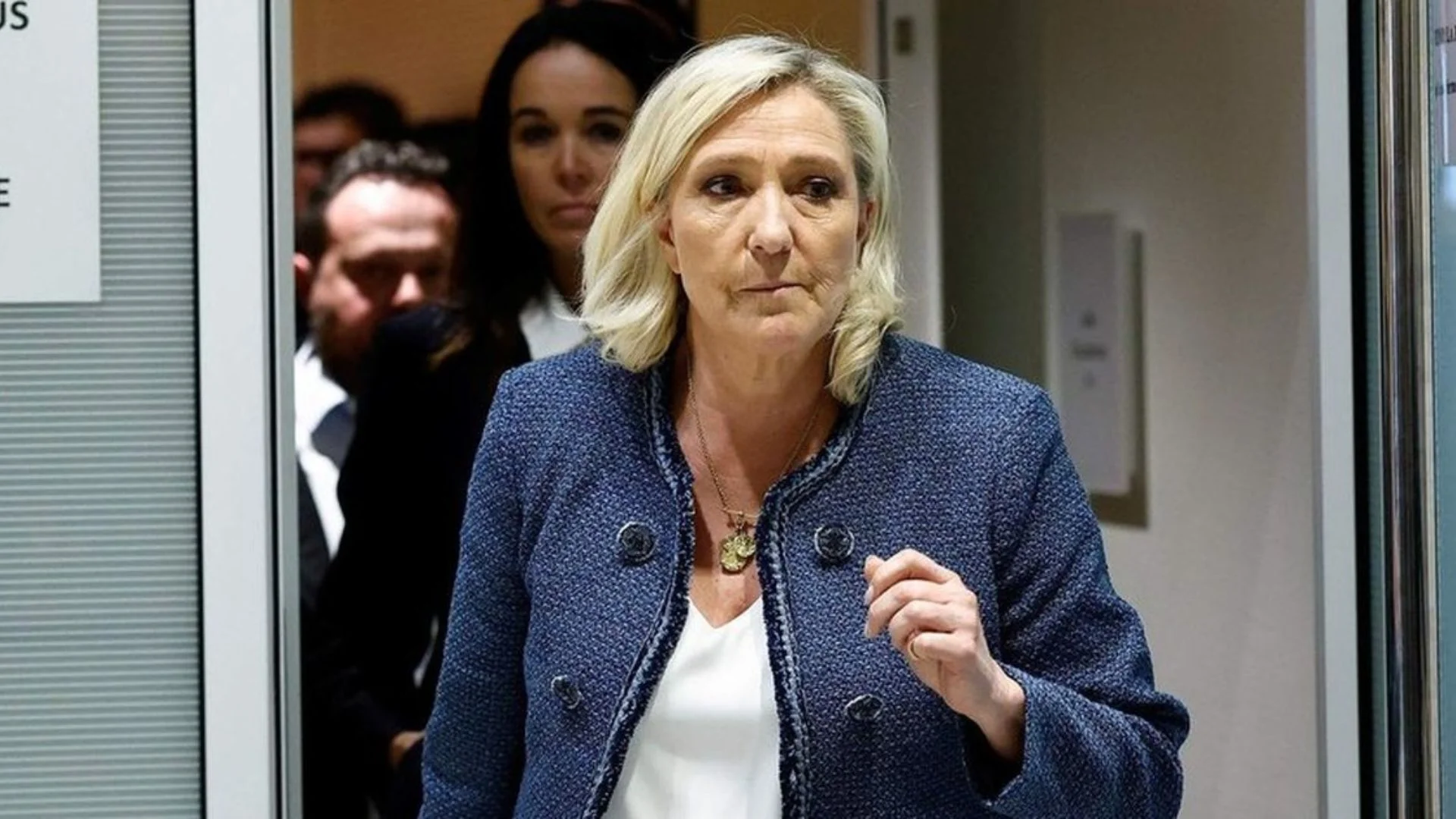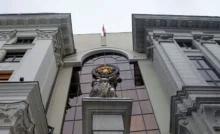Estonia, Latvia, and Lithuania have officially synchronized their electricity grids with the European continental power system, breaking with decades-long energy ties with Russia and Belarus. The move completed Sunday marks the end of a process that began when the three Baltic nations disconnected themselves from the Soviet IPS/UPS grid a day earlier.
European Commission President Ursula von der Leyen described the move as a significant step toward energy independence, saying that the region’s reliance on Russia for power stability is now “a thing of the past.” The synchronization strengthens the Baltic states’ integration with the European Union and enhances regional energy security.
The decision to cut ties with the Russian-managed grid had been debated for years but gained momentum after Moscow’s annexation of Crimea in 2014 and its 2022 invasion of Ukraine. The shift required complex technical adjustments to stabilize power frequency and avoid outages.
To commemorate the shift, eastern Latvia officials ritualistically cut high-voltage power lines bordering Russia and gave a piece of wire to each of the guests. The move also comes at a time when maritime security in the Baltic Sea has heightened with alleged intrusions into power cables, telecom lines, as well as gas pipelines. Although Moscow denies the involvement, regional authorities increase naval patrols and security exercises to protect critical infrastructure.
For Russia, the decoupling isolates its Kaliningrad exclave, which now must sustain its power grid independently. The Kremlin, however, has assured that newly built gas-fired power plants will ensure an uninterrupted energy supply.
This landmark shift signifies a crucial step in reducing Russian influence over the region’s energy sector, reinforcing the Baltic nations’ commitment to European integration and security.










